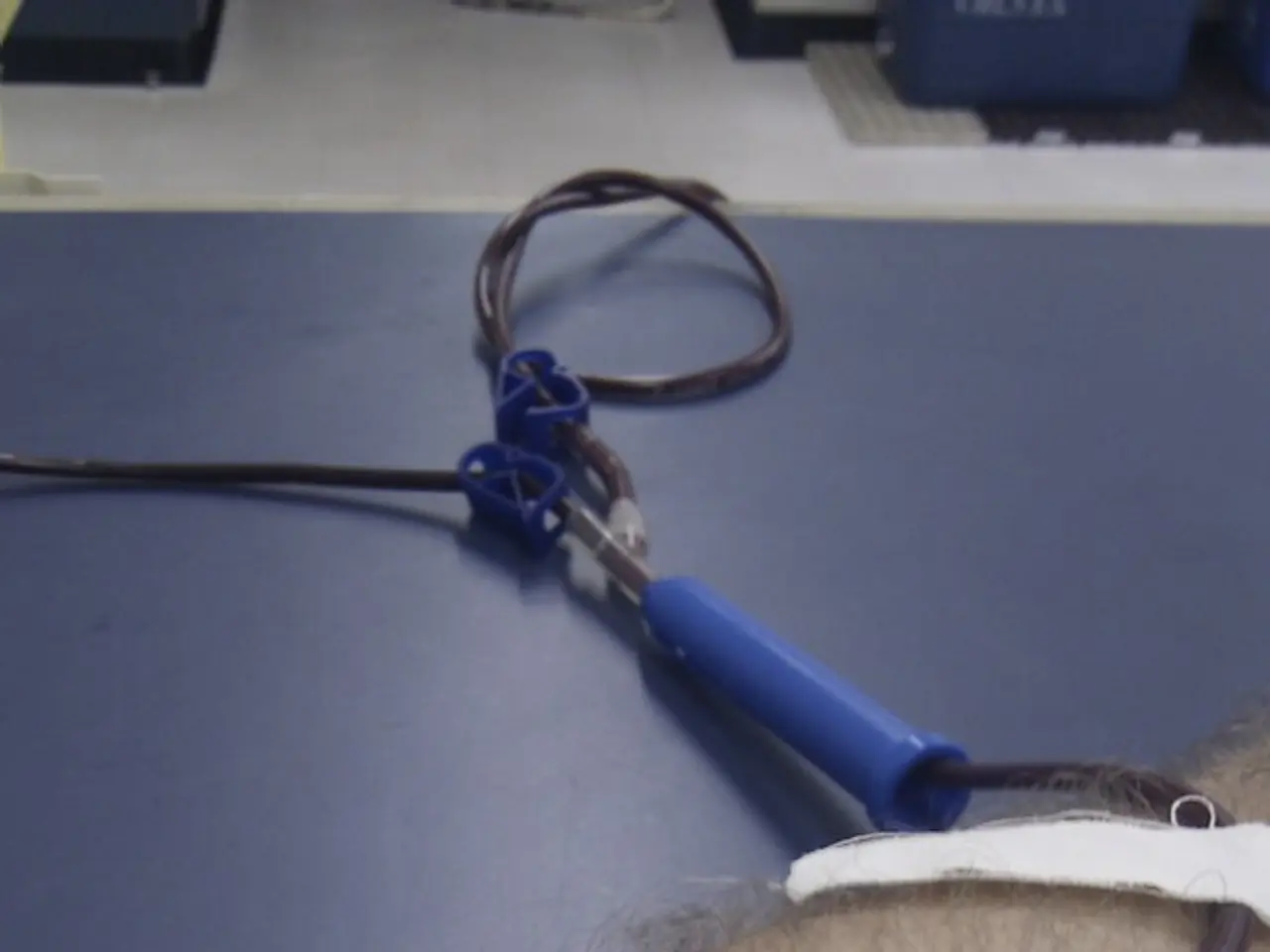Rare Blood Vessel Disorder OWR Affects 1 in 5,000
Osler-Weber-Rendu syndrome (OWR), also known as hereditary hemorrhagic telangiectasia (HHT), is a rare genetic blood vessel disorder affecting approximately one in 5,000 people. Many individuals may not be aware they have it due to its varied symptoms.
OWR is caused by problems with blood vessels themselves, not issues with blood clotting. It's an autosomal dominant disorder, meaning only one parent needs to have the abnormal gene to pass it on. People with OWR are missing capillaries in some of their blood vessels, leading to abnormal blood vessels called arteriovenous malformations (AVM). These AVMs can occur in various parts of the body, including the brain, lungs, liver, and gastrointestinal tract, and may cause life-threatening hemorrhages if they rupture.
Symptoms of OWR vary widely and may include a large red birthmark, telangiectasias (small red dots on the skin surface), nosebleeds, anemia, bloody stools, and shortness of breath. Diagnosis may involve checking for these symptoms and having a parent with the syndrome, as well as additional tests like blood tests, CT scans, endoscopy, and echocardiograms. Regular screening for AVMs in the lungs and brain is recommended to detect potential problems early.
The prognosis for OWR has improved with new targeted therapies like antiangiogenic agents that help control bleeding. Early diagnosis and treatment can significantly enhance outcomes, despite progressive symptoms such as recurrent nosebleeds and organ involvement leading to anemia.




